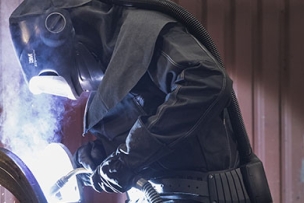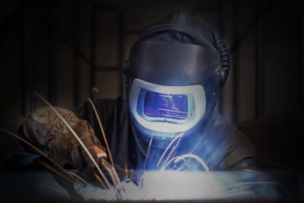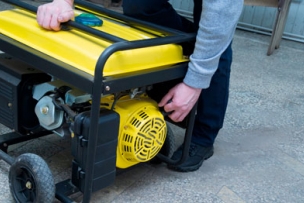Products that work as hard as you do. From the most basic to the most specialized needs, 3M offers the health and safety protection you and your workers need most, so everyone can perform at their best. We strive to deliver comfortable, well-designed personal protective equipment (PPE) that offers your workers the most effective protection available.
“Seventeen named storms swirled to life, including 10 hurricanes in a row. There were three Category 4 US landfalls in a period of 26 days: Harvey, Irma and Maria. For context, [prior to those three] the previous three occurred over a period of 56 years.” reported Ed Rappaport, acting director of the NOAA, NWS National Hurricane Center in Miami, at the National Hurricane Conference at the Hilton Orlando.
In terms of accumulated cyclone energy, it was the most active season in 167 years. There were five Category 5 landfalls that occurred. US damages reached $265 billion, surpassing the old record of $211 billion in 2005.
One of the most damaging storms of the season was Harvey, and it made landfall in Texas in August of 2017. Harvey set a US tropical cyclone rainfall record of 60.58 inches in Texas. Over a span of 25 days, FEMA and its partners deployed tens of thousands of personnel across 270,000 square miles in three different FEMA regions to aid in response and recovery efforts.
Thousands of different types of federal employees were deployed to Texas, Florida, the US Virgin Islands and Puerto Rico, including 13,892 staff from various offices of the Department of Defense, which also involved military services. For the first time, FEMA extended the Department of Homeland Security’s “Surge Capacity Force” to all federal agencies, deploying over 3,800 non-FEMA federal employees.
“This historic hurricane season should serve as a gut check and an opportunity for citizens, businesses, state, local, tribal and federal officials to re-evaluate how we prepare for and respond to any disaster,” said FEMA Administrator Brock Long. “Response and recovery [are] dependent upon the whole community to be successful. While we continue to support the recovery from these storms, we must also take the opportunity to become better prepared for future disasters.”







Talk to Us!
Leave a reply
Your email address will not be published. Required fields are marked *